Boudica

Susies's Animals

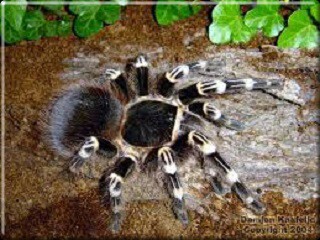 |
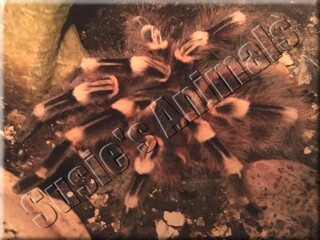 |
|
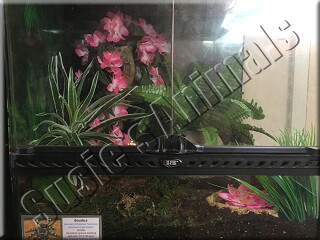 |
||
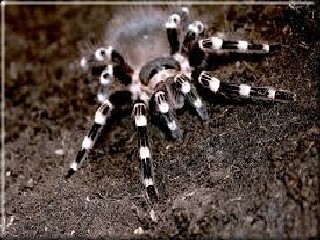 |
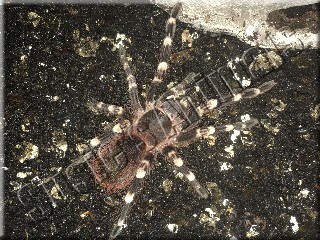 |

| Brazilian WhiteKnee Tarantula | |
| Scientific classification | |
| Kingdom: | Animalia |
| Phylum: | Arthropodia |
| Subphylum: | Chelicerata |
| Class: | Arachnida |
| Order: | Araneae |
| Infraorder: | Mygalomorphae |
| Family: | Theraphosidae |
| Genus: | Acanthoscurria |
| Species: | A. geniculata |
| Binomial name | |
| Acanthoscurria geniculata | |
| (C. L. Koch 1841) | |
| Synonyms | |
| Mygale geniculata C. L. Koch 1841 | |
| Scurria geniculata C. L. Koch 1850 | |
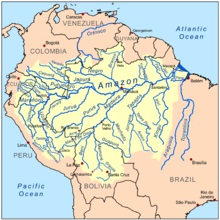 |
| Amazon basin is highlighted yellow |